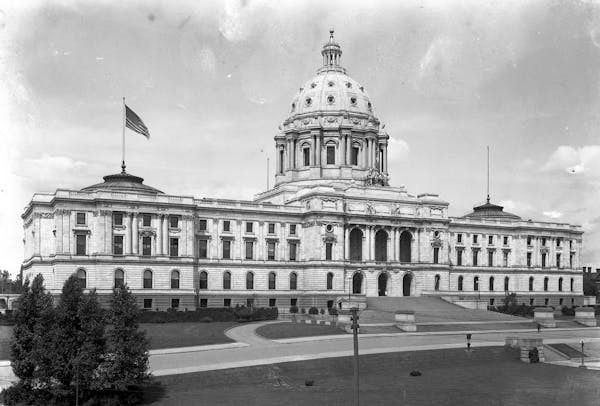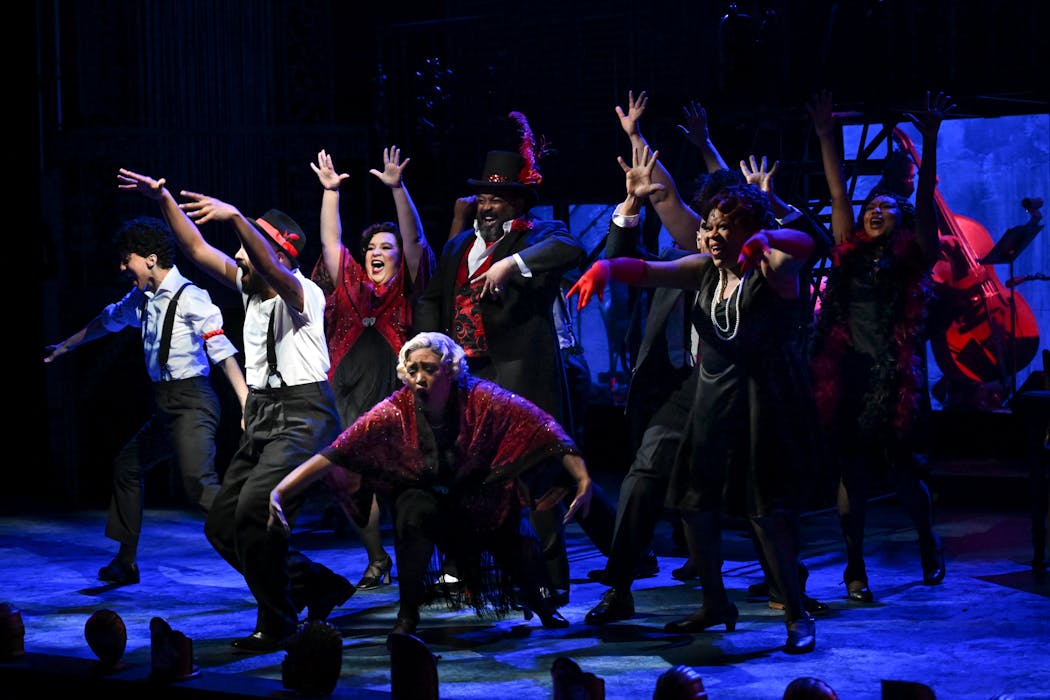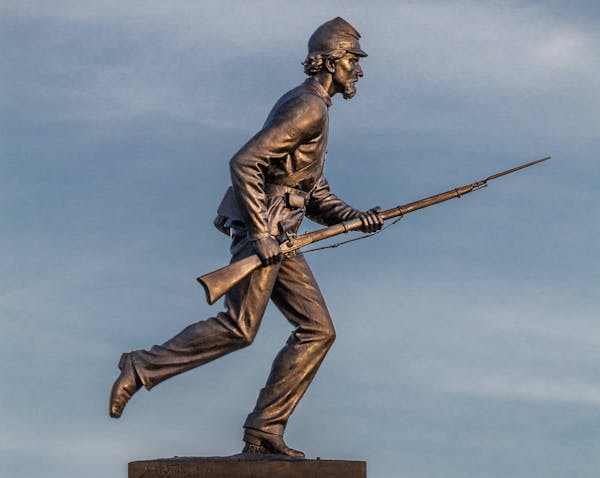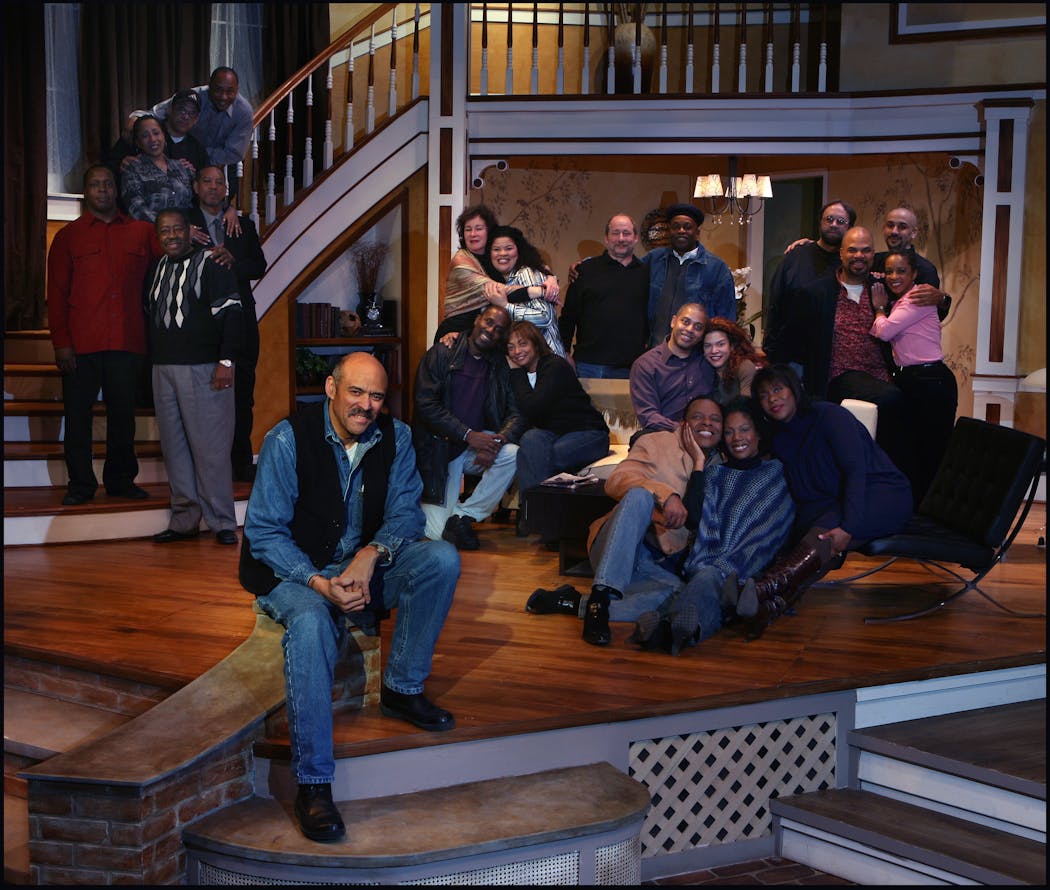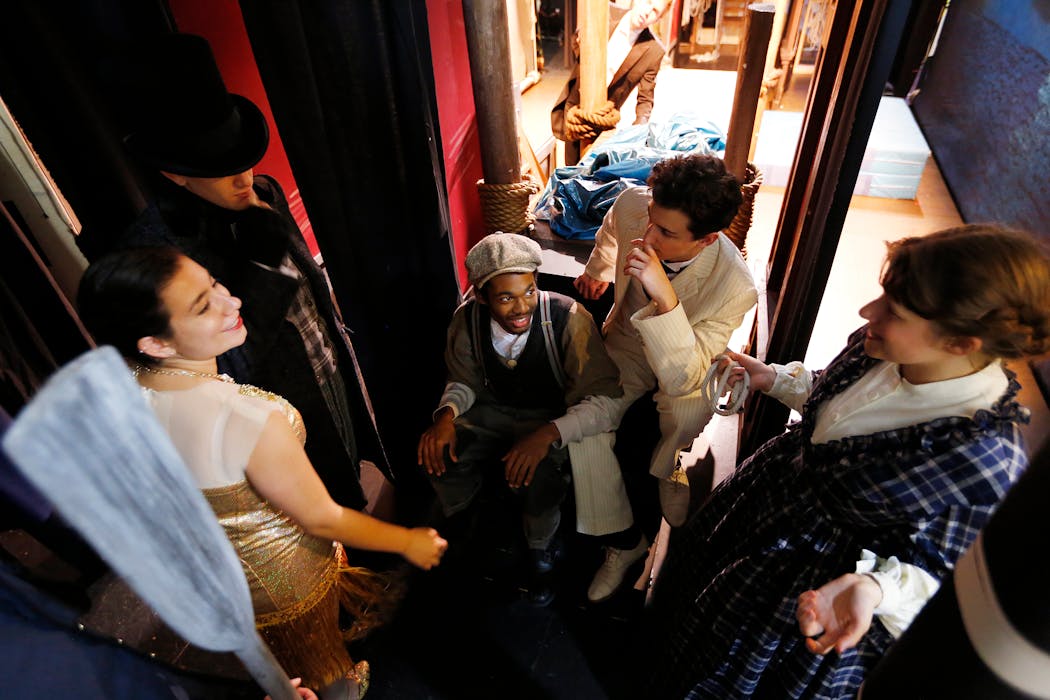How did the Twin Cities become such a theater hot spot?
Listen and subscribe to our podcast: Via Apple Podcasts | Spotify | Stitcher
The Twin Cities has earned a reputation over time as one of the nation's premier regional theater hubs, with more than 1.5 million people per year attending shows in the area before the pandemic downturn.
The Guthrie Theater alone attracted nearly 400,000 patrons through its doors in 2018, with the Ordway Center, the Children's Theatre, Chanhassen Dinner Theatres and touring Broadway filling out the stage.
Michele Lepsche wanted to know how the region came to be such a theater hot spot. She sought answers from Curious Minnesota, the Star Tribune's reader-powered reporting project.
The abridged answer to Lepsche's query is that the arts community is built on a larger and longstanding civic investment that has been sustained over generations — and that has rippled across a range of cultural amenities.
Jack Reuler, founder of Mixed Blood Theatre, sees the growth of performing arts in the Twin Cities as part of a desire to have a full, attractive complement of outdoor and indoor amenities.
"We have a 100-year tradition of the arts as a quality-of-life enhancer and attracter," Reuler said. "Otherwise, as Hubert Humphrey said, we would just be a cold Omaha."
Reuler nods specifically to Swiss-born park evangelist Theodore Wirth, who, in 1904, accepted the job of superintendent of parks in Minneapolis. Over the next three decades, he set about working on some big, ambitious dreams, including building a park within a quarter-mile of every child in the city.
Wirth's communitarian spirit had broader purchase in the political, educational and corporate spheres, where leaders sought to make Minneapolis and St. Paul a big-league metropolis. That meant having major league teams such as the Twins, the Vikings and the (departed) Lakers, and also offering indoor amenities to complement the summer fun folks had at parks, trails and lakes.
Families like the Daytons, Pillsburys and Weyerhaeusers dedicated parts of their treasure to support civic, educational and artistic causes such as the Walker Art Center, the Minnesota Orchestra and the Minneapolis Institute of Arts. They also set examples for others.
Guthrie ignites a movement
So, when Irish director Tyrone Guthrie took out an ad in the New York Times more than 60 years ago seeking proposals for a new home for a theater he envisioned, the community was primed. And some of Minnesota's leading families responded enthusiastically.
There had been companies before the Guthrie, including Theatre in the Round, the Old Log Theater and Brave New Workshop. But the impact of the Guthrie cannot be overstated. Its star-studded launch in 1963 ignited a movement to develop theaters across the nation, with companies popping up from Seattle to Arizona, Hawaii to Alaska.
The fire was also lit locally as well, with a raft of theaters emerging as mirrors that offered citizens a chance see their lives reflected onstage and as windows to see into the lives of others. A plethora of Minnesota theaters became standard-bearers in their lanes, with the Tony Award-winning Children's Theatre Company becoming the nation's largest of its kind and Chanhassen Dinner Theatres also becoming the flagship of its class.
Minnesota also is home to Penumbra Theatre, one of the most esteemed Black-focused companies in the nation and one that gave Pulitzer Prize-winning playwright August Wilson his wings. Theater Mu, one of the foremost Asian-American companies, also has found success here. The Playwrights' Center became a national incubator of new work. And there are companies such as Theater Latte Da, the Jungle and New Native Theatre.
"I'm not a Minnesota native but I love the spirit of volunteerism here," said Cindy Gehrig, retired president of the Jerome Foundation who gave away many millions to theater and other artists during her 36-year career. "People are willing to work for the benefit of the community; the arts and culture is one component of that."
Building an audience
Of course, strong work needs an audience to appreciate and push it. Here we can look to places such as the University of Minnesota, the Children's Theatre Company, Youth Performance Company and Stages Theatre — to name a few — for quickening arts appreciation among young people.
"Tyrone Guthrie coming here is probably the most important thing," said Penumbra Theatre founder Lou Bellamy. "But over at the University of Minnesota, there was an intro to theater class that was hugely popular. There would be football players looking for an easy grade and a lot of people coming through."
Before the Guthrie, the U served as the center of a wheel of cultural life in the Twin Cities. It still is important, with offerings in literature, music, dance and the performing arts. The university now offers a bachelor's of fine arts degree in conjunction with the Guthrie — a revival of a master's degree program that it once had.
In recent years, the funding landscape for arts and culture in Minnesota has changed, with philanthropic priorities sometimes shifting to more pressing social service concerns.
But like any good drama, there was a heroic rescue. In 2008, as the nation headed into a severe economic downturn, Minnesota voters passed the Legacy Amendment, a 25-year sales tax that supports the environment and the arts. Theaters have been big beneficiaries of that initiative.
"There's a myth that the Minnesota arts scene is like a unicorn with streets lined with corporate donors," Reuler said. "That's no longer correct."
What is true is that the residents of this state have committed themselves to maintaining and building on foundations that generations of donors, volunteers and arts lovers have long appreciated.
If you'd like to submit a Curious Minnesota question, fill out the form below:
Read more Curious Minnesota stories:
Why do so many Fortune 500 companies call Minnesota home?
Why does Minn. have one of highest rates of volunteering in the U.S.?
Is it true that Minneapolis has a park every six blocks?
Who controls the colorful lights in Minneapolis' night skyline?
What was the first movie filmed in Minnesota?
Why is the BWCA a wilderness and not a national park?
